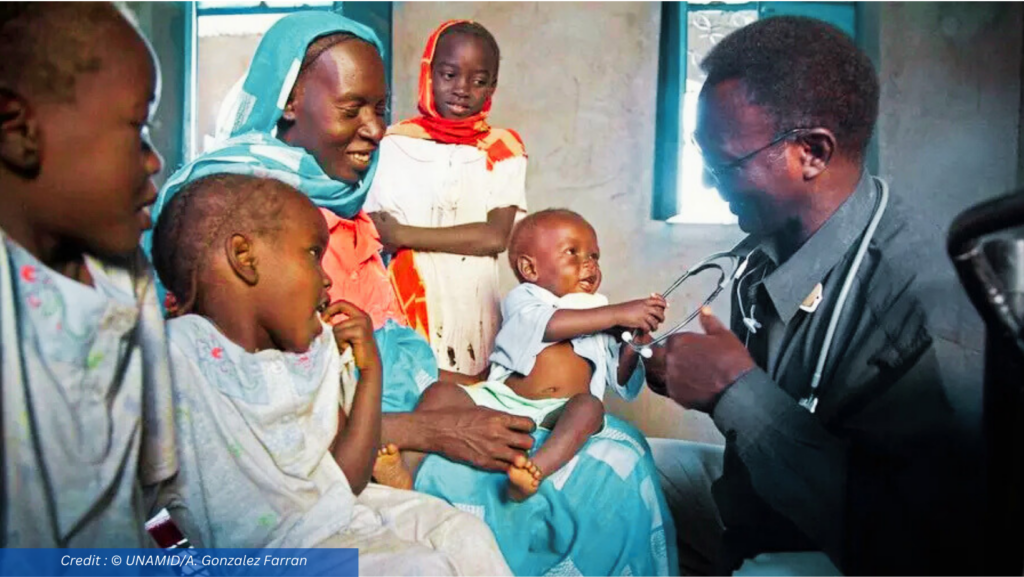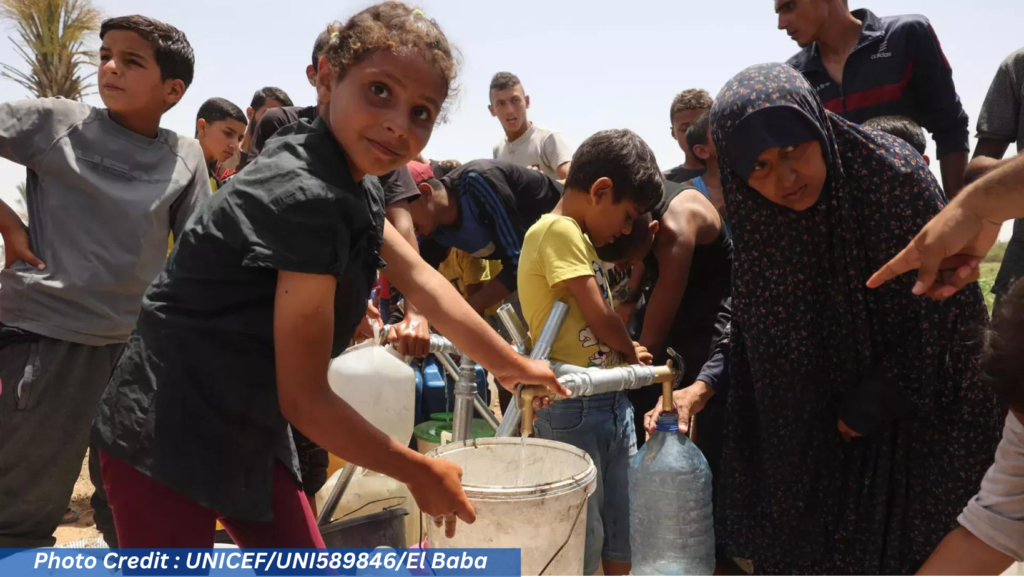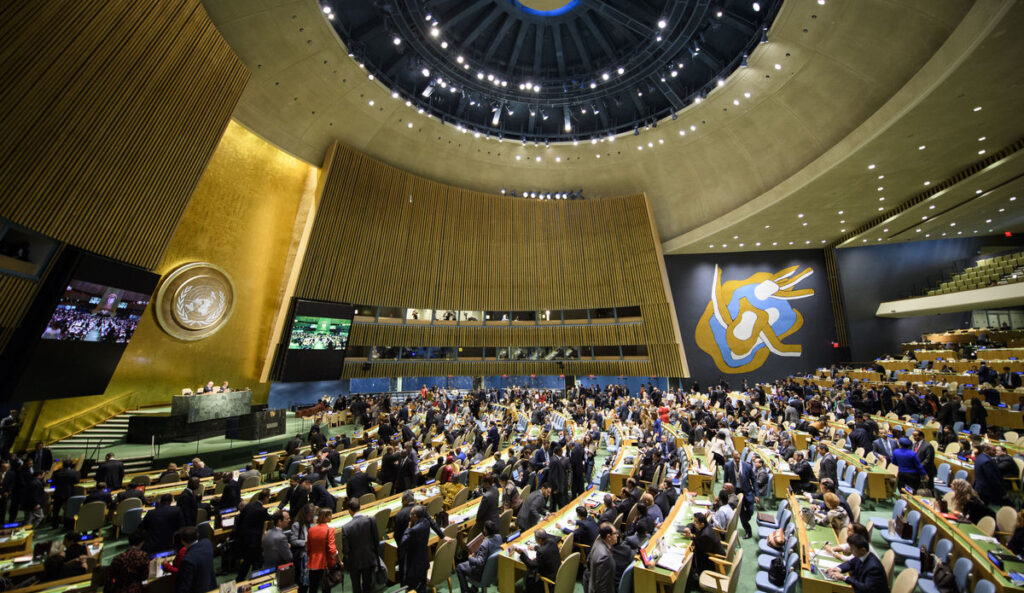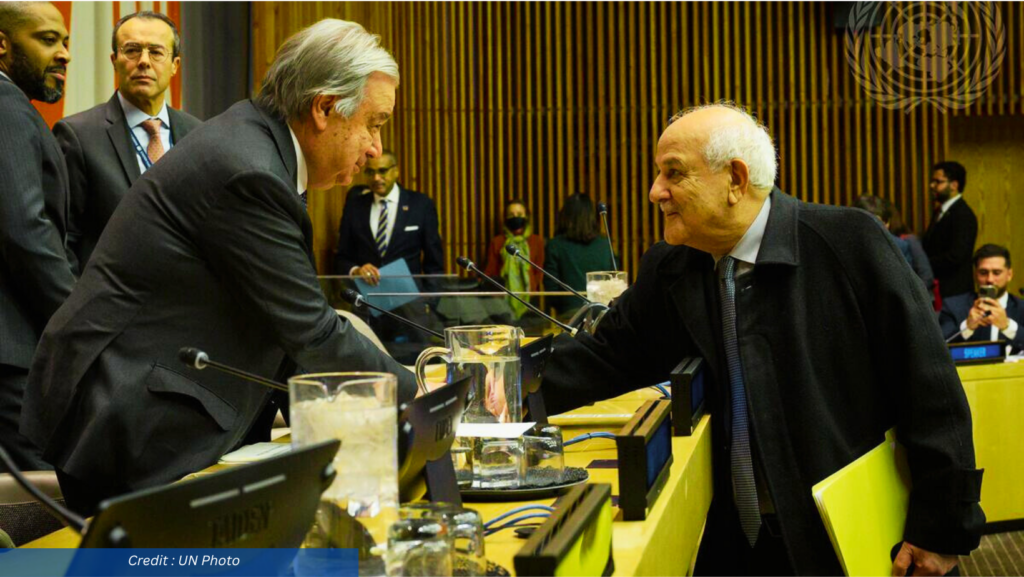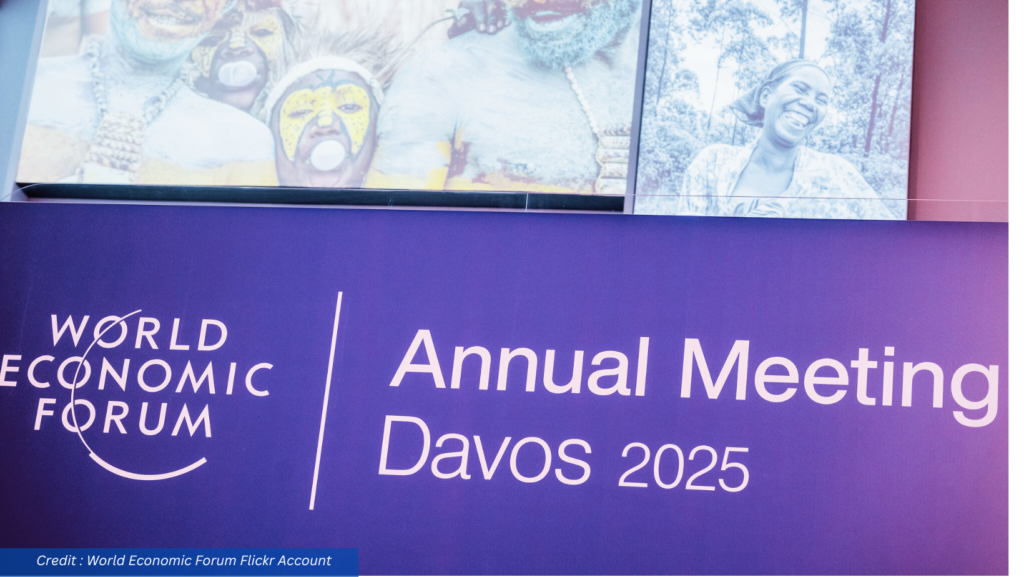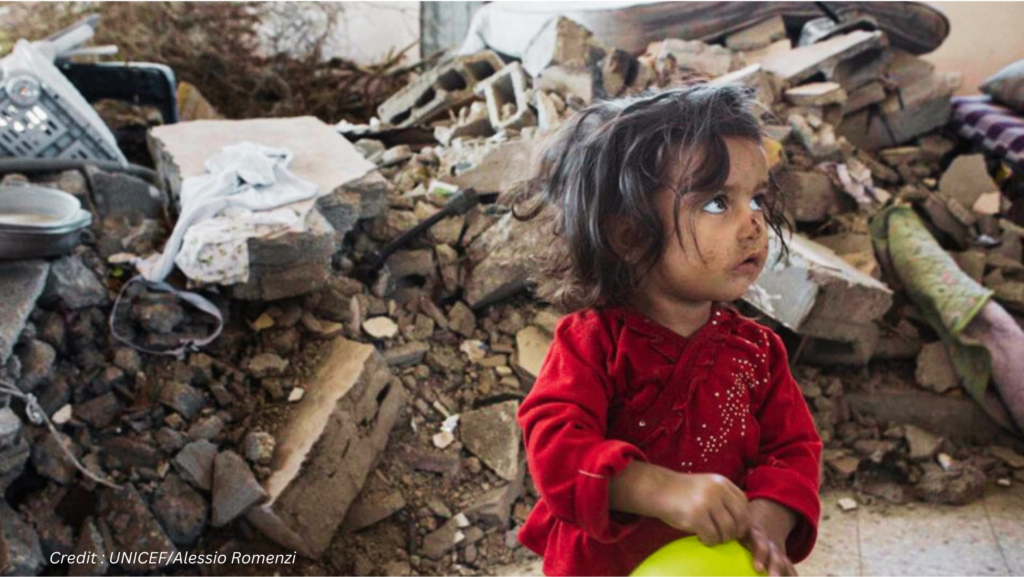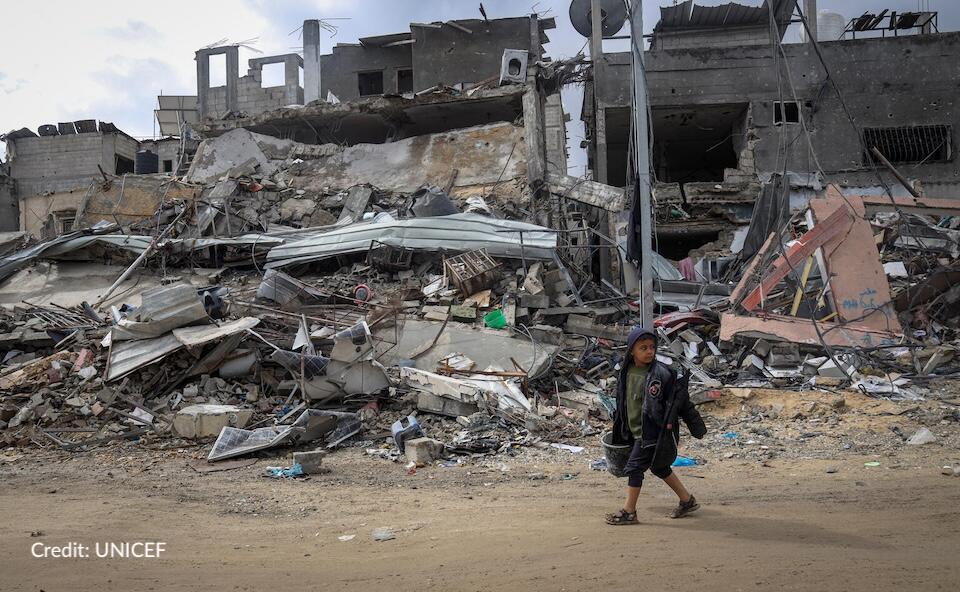US severe cuts in funding will devastate global development and humanitarian programs, UN chief warns
New York, February 28, 2025 – The Trump administration’s abrupt cancellation of the US foreign aid will have damaging impact on critical programs ranging from lifesaving humanitarian work, development projects, counterterrorism and initiatives to combat drug trafficking, UN Secretary-General Antonio Guterres warned.
“The consequences will be especially devastating for vulnerable people around the world,” Guterres told reporters at the UN Headquarters the day after the UN Population Fund (UNFPA) confirmed that the US has cut $377 million worth of funding to the UN reproductive and sexual health agency.
UNFPA said it was informed that nearly all of its grants – 48 as of now – with USAID and the US State Department have been terminated and the cut will lead to potentially “devasting impacts” on women and girls worldwide.
.“This decision will have devastating impacts on women and girls and the health and aid workers who serve them in the world’s worst humanitarian crises,” the UN specialized agency said.
It said the USAID grants were meant to provide critical maternal healthcare, protection from violence, rape treatment and other lifesaving care in humanitarian settings. This includes UNFPA’s work to end maternal death, safely deliver babies and address horrific violence faced by women and girls in places like Gaza, Sudan and Ukraine.
UNFPA said it has partnered with 150 countries to provide access to a wide range of sexual and reproductive health services and its goals had been to prevent maternal death, gender-based violence and harmful practices, including child marriage and female genital mutilation by 2030.
“These termination notices include grants for which we had previously received humanitarian waivers, as they were considered lifesaving interventions for the world’s most vulnerable women and girls,” UNFPA said.
The grants funded programs in countries including Afghanistan, Chad, the Democratic Republic of the Congo, Haiti, Mali, Sudan, Syria and its neighboring countries, as well as Ukraine.
UN chief thanks US “leading role” in humanitarian and development aid.
The UN chief expressed the UN’s gratitude for the US “leading role” in foreign aid thanks to US taxpayers’ dollars and other donors, which had provided humanitarian assistance to more than 100 million people each year through UN programs. But he pointed that the cuts came at a time when global crises are intensifying, leaving millions at risk of hunger, disease and displacement.
Guterres said more than nine million people in Afghanistan could lose access to health and protection services, as hundreds of mobile health teams and other critical programs face suspension because of the US aid cuts. The cuts will affect 2.5 million people in northeast Syria who require humanitarian assistance and already are creating difficulties to inhabitants in Ukraine, South Sudan and Sudan and others countries where humanitarian programs depended on US aid.
The cuts will force the UN Office on Drugs and Crime (UNODC) to halt many counter-narcotics operations, including those targeting the fentanyl crisis and dramatically scale back its activities against human trafficking. They will also cancel health programs combatting HIV/AIDS, tuberculosis, malaria and cholera, Guterres said.
“The generosity and compassion of the American people have not only saved lives, built peace and improved the state of the world. They have contributed to the stability and prosperity that Americans depend on,” Guterres said and urged the US Government to reconsider the funding cuts and warned that reducing America’s humanitarian role would have far-reaching consequences, not only for those in need but also for global stability.
“Going through with these cuts will make the world less healthy, less safe, and less prosperous,” he said. “The reduction of America’s humanitarian role and influence will run counter to American interests globally. We look forward to working with the United States in this regard.” (By J. Tuyet Nguyen)
United Nations journalists – United Nations journalists – United Nations journalists
United Nations News – United Nations News – UN Correspondents Association – UNCA Awards

